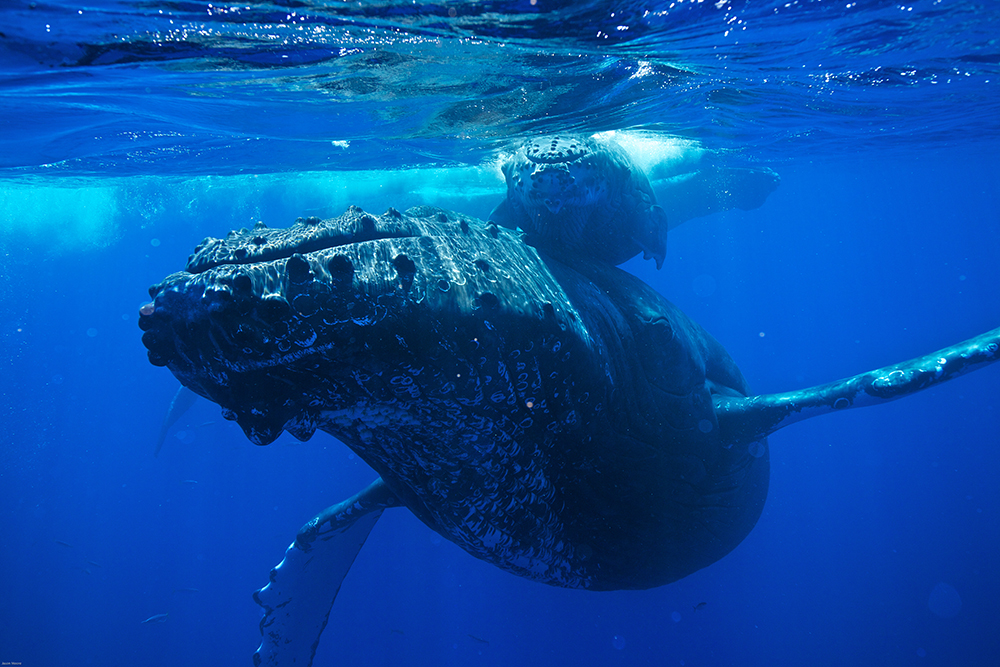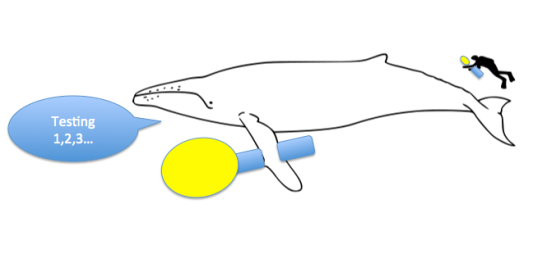You are using an out of date browser. It may not display this or other websites correctly.
You should upgrade or use an alternative browser.
You should upgrade or use an alternative browser.
Ocean “BlueTube” Rivals YouTube in Reach
- Thread starter Meanderer
- Start date
Meanderer
Supreme Member
Whale song mystery solved by scientists

Humpback whale breaching near Bering Island, Kamchatka, Russia
"Scientists have worked out how some of the largest whales in the ocean produce their haunting and complex songs. Humpbacks and other baleen whales have evolved a specialised "voice box" that enables them to sing underwater."
"The discovery, published in the journal Nature, has also revealed why the noise we make in the ocean is so disruptive for these ocean giants. Whale song is restricted to a narrow frequency that overlaps with the noise produced by ships."
"Sound is absolutely crucial for their survival, because it's the only way they can find each other to mate in the ocean," explained Prof Coen Elemans, of the University of Southern Denmark, who led the study. (READ MORE)

Humpback whale breaching near Bering Island, Kamchatka, Russia
"Scientists have worked out how some of the largest whales in the ocean produce their haunting and complex songs. Humpbacks and other baleen whales have evolved a specialised "voice box" that enables them to sing underwater."
"The discovery, published in the journal Nature, has also revealed why the noise we make in the ocean is so disruptive for these ocean giants. Whale song is restricted to a narrow frequency that overlaps with the noise produced by ships."
"Sound is absolutely crucial for their survival, because it's the only way they can find each other to mate in the ocean," explained Prof Coen Elemans, of the University of Southern Denmark, who led the study. (READ MORE)
Meanderer
Supreme Member
Humpback whales are navigating an ocean of change
"In late December 2015, Ed Lyman started getting calls from whale watching companies on the island of Hawai‘i. “Ed, how are the whales off Maui?” tour operators were asking. “We’ve never seen them arrive this late.” (READ MORE)

A mother humpback whale supports her calf in the warm waters of Hawaiian Islands Humpback Whale National Marine Sanctuary. Photo: J. Moore/NOAA, under NOAA permit #15240
"In late December 2015, Ed Lyman started getting calls from whale watching companies on the island of Hawai‘i. “Ed, how are the whales off Maui?” tour operators were asking. “We’ve never seen them arrive this late.” (READ MORE)

A mother humpback whale supports her calf in the warm waters of Hawaiian Islands Humpback Whale National Marine Sanctuary. Photo: J. Moore/NOAA, under NOAA permit #15240
Meanderer
Supreme Member
I am just trying to 'rescue' a 'beached' thread.Sounds interesting .. the original post is from 2014! How was it bypassed for all these years?


